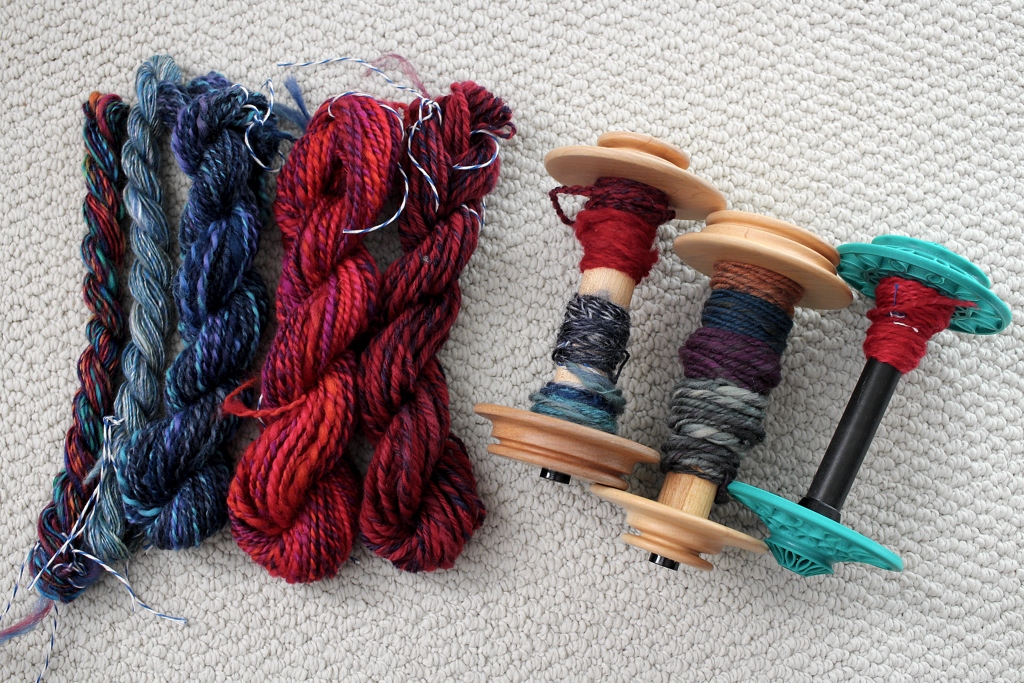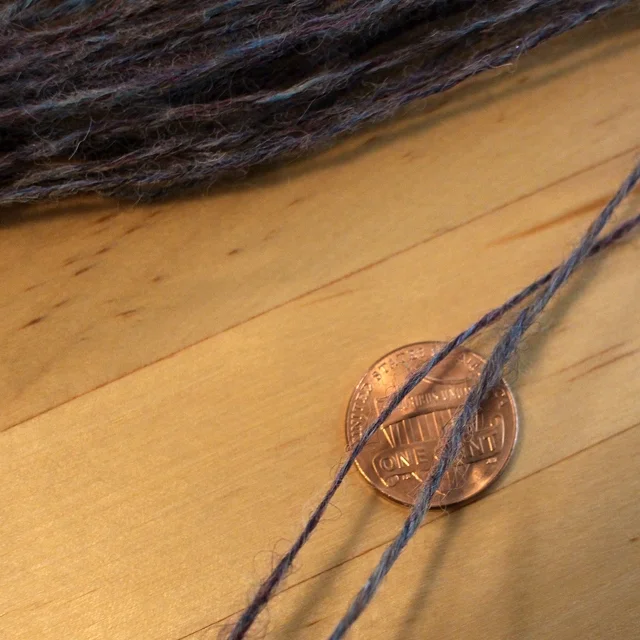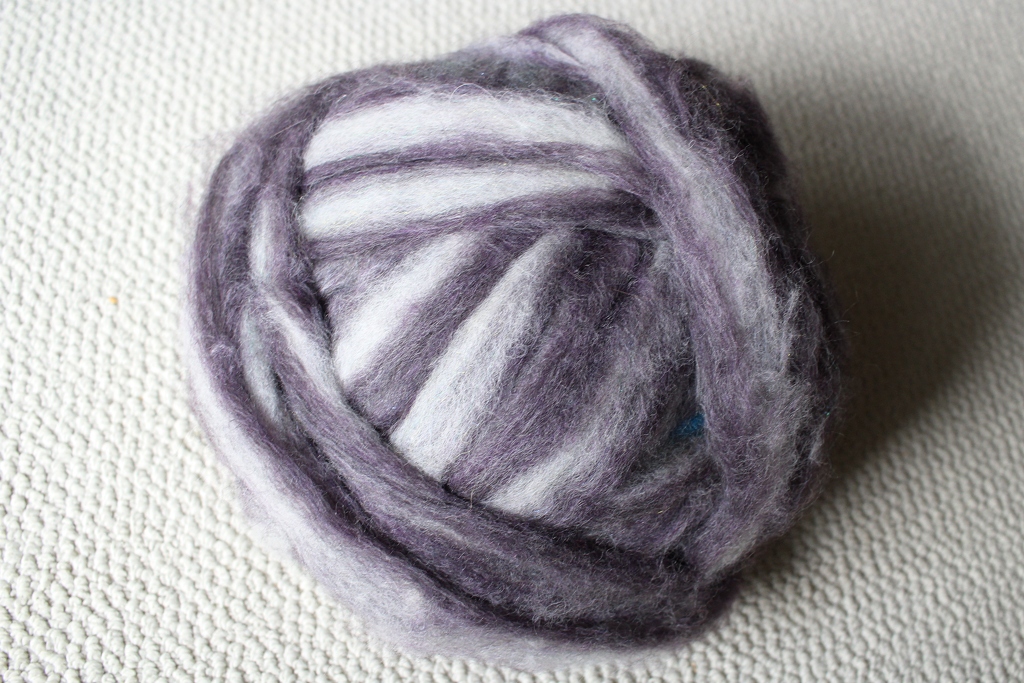A New Eye For Spinning Color
/I’m happy to say that the #100handspunday project is still a daily thing. Aside from 1 day during the first week, I haven’t pushed a day off to do on the next. It’s hard for me to get going again once that little chain of “x’s” breaks for any reason. So I don’t stop, even on the long days. That’swhen I get handspun off the bobbins and measure yardage. Then there are the days when I can spin for an hour and go back for more after stretching my wrists.
A little bit of flexibility has been key for me keeping this project going. The second part of Maggie Casey’s You Can’t Tell A Braid By It’s Color has also helped me spin every day. First, it’s a spinning class and you actually have to spin yarn. That took care of 2 days right there. Second, I had to spin samples for homework which took up a good chunk of last week. Third, the class pushed me right out my usual spinning comfort zone.
We worked with several colors and fiber that I liked and wanted to try, such as the blue silk/wool single, but also colors that wouldn’t be my first choice. The rainbow single is a mix of bright saturatedcolors that I drafted together with more muted tones. I didn’t expect to like the combo (wish I’d taken a before photo of the fiber) and was pleasantly surprised at how the colors melded.
When I was spinning samples for plying, I paired like colors together. There was a semi-solid dark blue paired with bright blue and purple. Another pair was a solid red single and a striped blue and red single. The blues turned into the really interesting 2-ply on the left.
The red pair turned into first attempts at different yarn constructions. There was a 4-ply cable, which I’ve only got a yard of, and the chain-ply, above right, spun with 2 plies instead of 1. I could have used an extra hand or two because you’re only looping 1 ply at a time and bringing the other along for the ride. Getting the tension right is trying.
The skein in the middle is a bright red and purple fractal yarn. I’ve spun plenty of fractal yarns, but chugged along on this one because the colors aren’t my usual pick. Curious to see how it knits up.
I had a few samples leftover so I spent yesterday plying them in different ways. Now I need to get them off the bobbins and set the twist. Also plied a few other leftovers that had been hanging around. Looking forward to all the mini-skeins that will come out of this.
The class got me thinking about color and spinning in a new way. My previous modus operandi would be to to spin yarns to preserve the color with clear distinct stripes, chain-plying, or singles. If I was feeling more adventurous (and the dye pattern of the fiber was clear), I’d aim for a fractal. Or I wouldn’t bother at all and just spin a 2-ply or 3-ply.
I’m sure I’ll still do all of those things, but now I’ll sample to see how colors will blend and heather in the drafting. I’ll try to figure out how to pair wildly different colors and braids together to create a specific effect. I’ll give more consideration to how construction and yarn weight affect color. I’m also going to sample more and do it for fun. I really liked those bite-sized chunks of spinning because of how wild the results might be. It’s also given me an appreciation dyed with bright saturated colors because I know they can be tamed and changed.
If you get the chance and you want to explore spinning color, You Can’t Tell A Braid By It’s Color is a class worth taking. You can read my thoughts about the first part of the class here. It’s changed my outlook on dyed fiber and gave me the tools to manipulate color through every step of spinning. Plus, it’s given me plenty of ideas for what to spin for the rest of my #100HandspunDays.






















































































